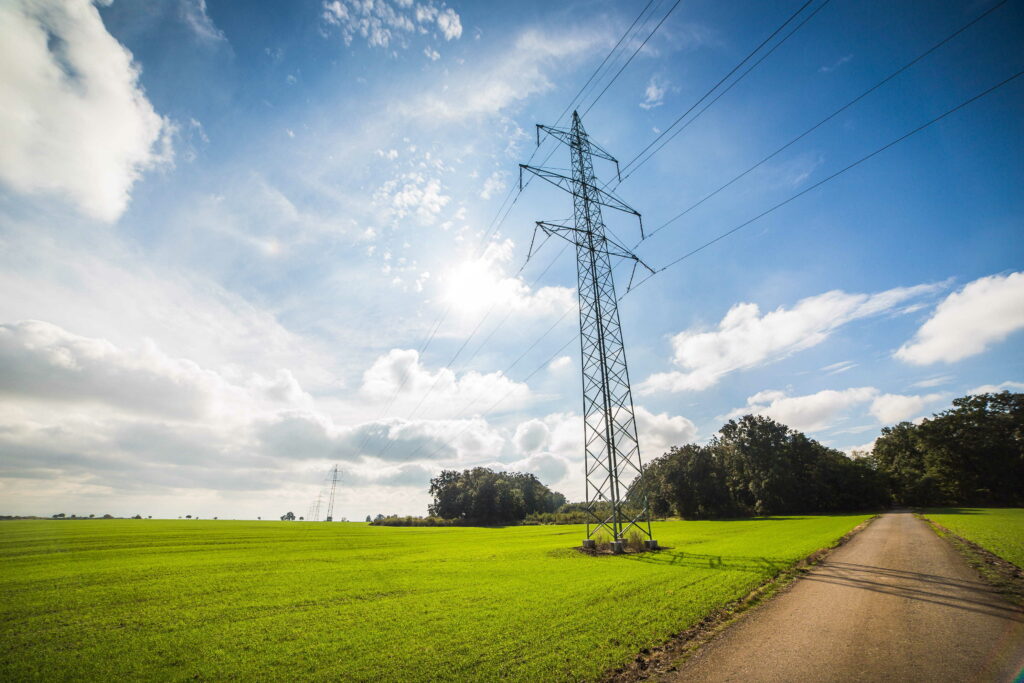National Grid Electricity Distribution (NGED) has been unveiled as “GB’s largest flexibility provider” by the Energy Networks Association (ENA).
According to the ENA’s Open Networks programme, which aims to allow flexibility providers to easily engage with the market, NGED procured the most flexibility among distribution network operators (DNOs) at almost 846MW in 2022. UK Power Networks procured more than 614MW.
Over the past year, the ENA revealed that a record 4.6GW of capacity had been tendered on local flexibility markets with figures also showing that a record 2GW was actually contracted across the 2022/23 year. This was covered last week on Current±.
More than 70% of this made-up energy from low-carbon technologies, such as battery storage and solar. Stored energy (33%) made up the majority of the total contracted flexibility for delivery, with fossil fuels making up 19%.
As mentioned in our previous coverage, flexibility in energy system demand management is becoming ever more important as more renewable energy generation is added to the network, which comes with the issue of intermittent output.
The government and Ofgem’s Smart Systems and Flexibility Plan (2021) suggested that flexibility could save consumers £10 billion per year in energy costs by 2050 and reduce the total cost of the net zero transition by up to £70 billion.
Energy companies like Octopus and OVO are increasingly helping to provide demand flexibility to the system by incentivising customers to increase or decrease their consumption when renewable generation is high or low.





